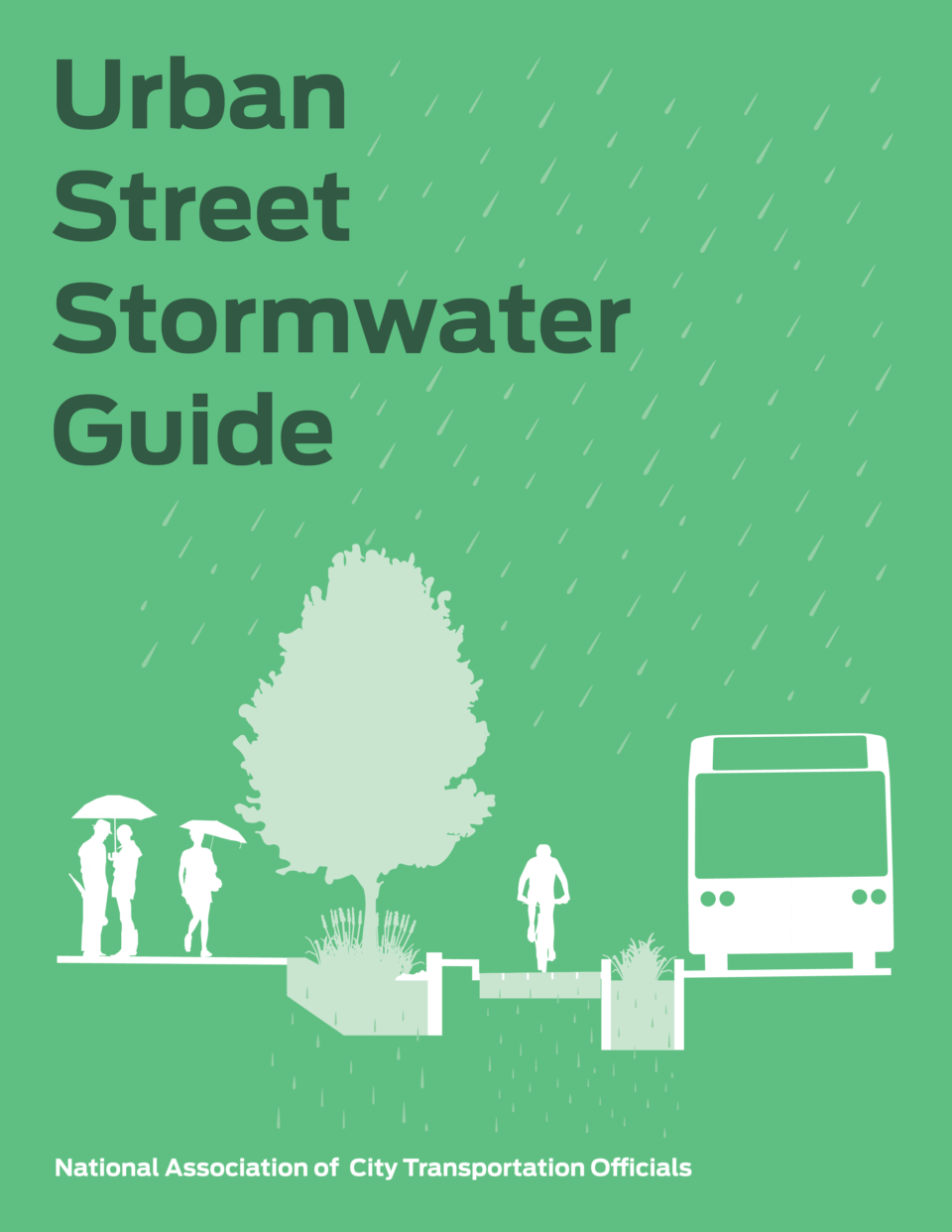Measure Performance for Policy Goals
Green infrastructure projects and programs should be evaluated on their contribution to city policy goals. Performance measurements are separated into three categories: ecology, mobility, and urban vitality. Primary and secondary metrics are listed below—the basic measures that are essential to understand and communicate performance, and measures that are useful for engaging in deeper conversations to achieve near- and long-term sustainability and resilience goals.
Ecology
Green stormwater infrastructure is primarily designed to manage stormwater runoff, mitigate flooding, improve water quality, and protect local water bodies. Ecological goals vary by project and by city, and may be based on regulatory requirements or policy commitments. Ecological performance measures at the project and program scale offer guidelines for developing, sizing, and engineering a system, as well as opportunities to assess and modify designs to enhance overall performance.
Mobility
Urban stormwater streets should be designed as part of a systematic effort to make streets safer, more inviting to all users, and more accommodating of all travel modes. Measuring progress toward safety and mobility for everyone requires coordination among city departments and regional, state, and federal agencies.
Urban Vitality
Cities thrive on social activity, human connections, cultural engagement, and environmental awareness. Public health and economic opportunities are foundational to thriving cities. Operationalizing and communicating the diverse benefits of green infrastructure can open new partnership and implementation opportunities. Measures of urban vitality can be used to demonstrate efficacy and generate momentum for green stormwater programs.
Primary Metrics
Water
- Volume reduction
- Water quality
- Flow rates
Soil
- Infiltration rates
- Sediment/nutrient load
Vegetation
- Plant establishment
- Tree canopy
- Species diversity
Safety
- Traffic fatalities and severe injuries
- Crash locations & characteristics
- Speed reduction
Sustainable Transportation
- Corridor mode share: number and percentage of people biking, walking, and riding transit
Access & Activity
- Parking utilization & activity
- Freight access & parking duration
- Public space canvass
Public Space
- Public space canvass
- Park density
Public Health
- Water quality
- Pollution-related illness
- Active recreation
- Obesity rate
Economy
- Property value
- Energy demand
Secondary Metrics
Species Habitat
- Presence of pollinators
Climate Change Mitigation
- Evapotranspiration rates
- Energy consumption
Sustainable Transportation
- Citywide mode shift: change in number and percentage of people biking, walking, and riding transit
- Transportation-related pollution, including greenhouse gas emissions
Public Health
- Heat-related illness
- Chronic illness rates
- Mental health
Economy
- Regional economic growth

